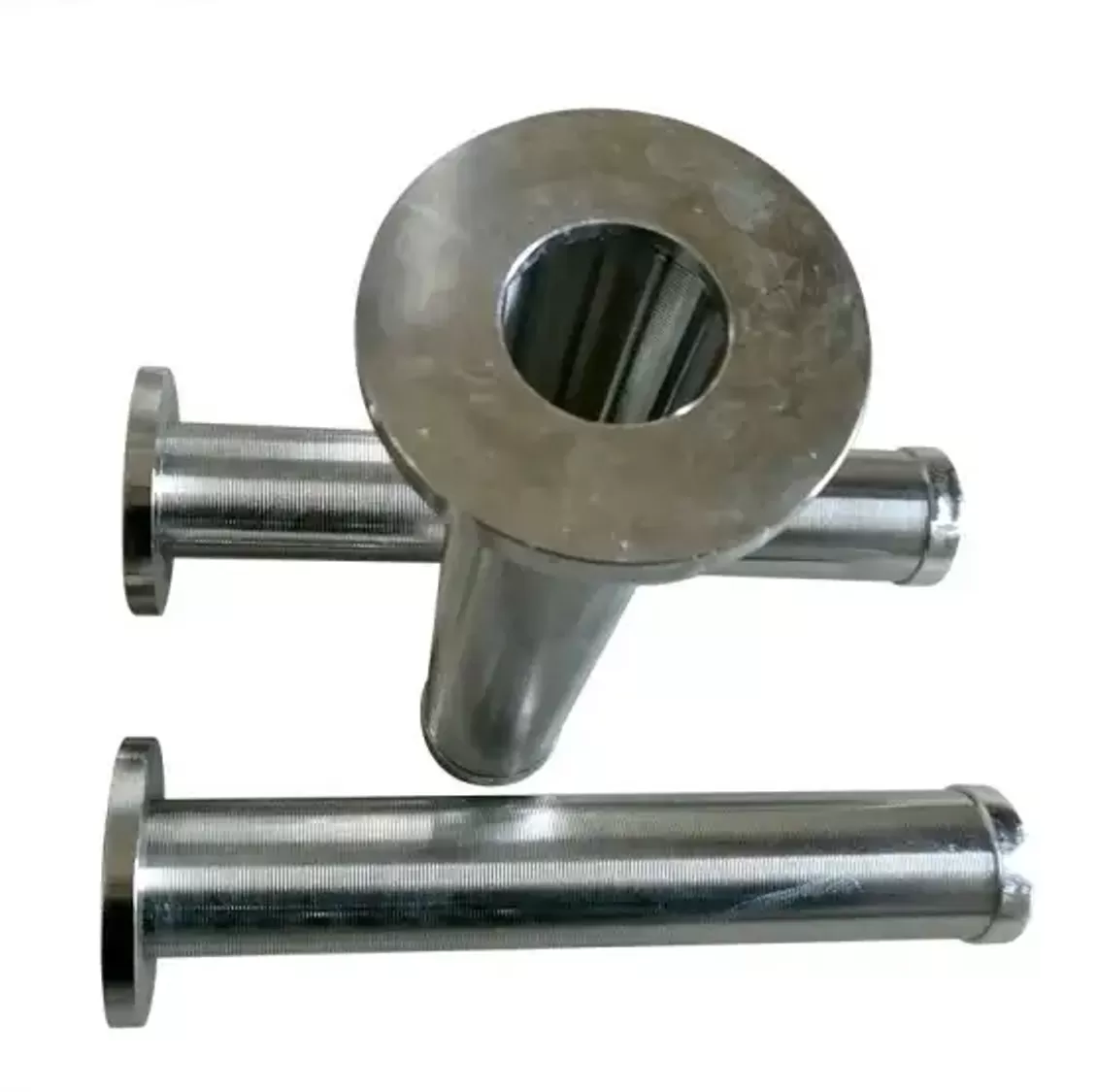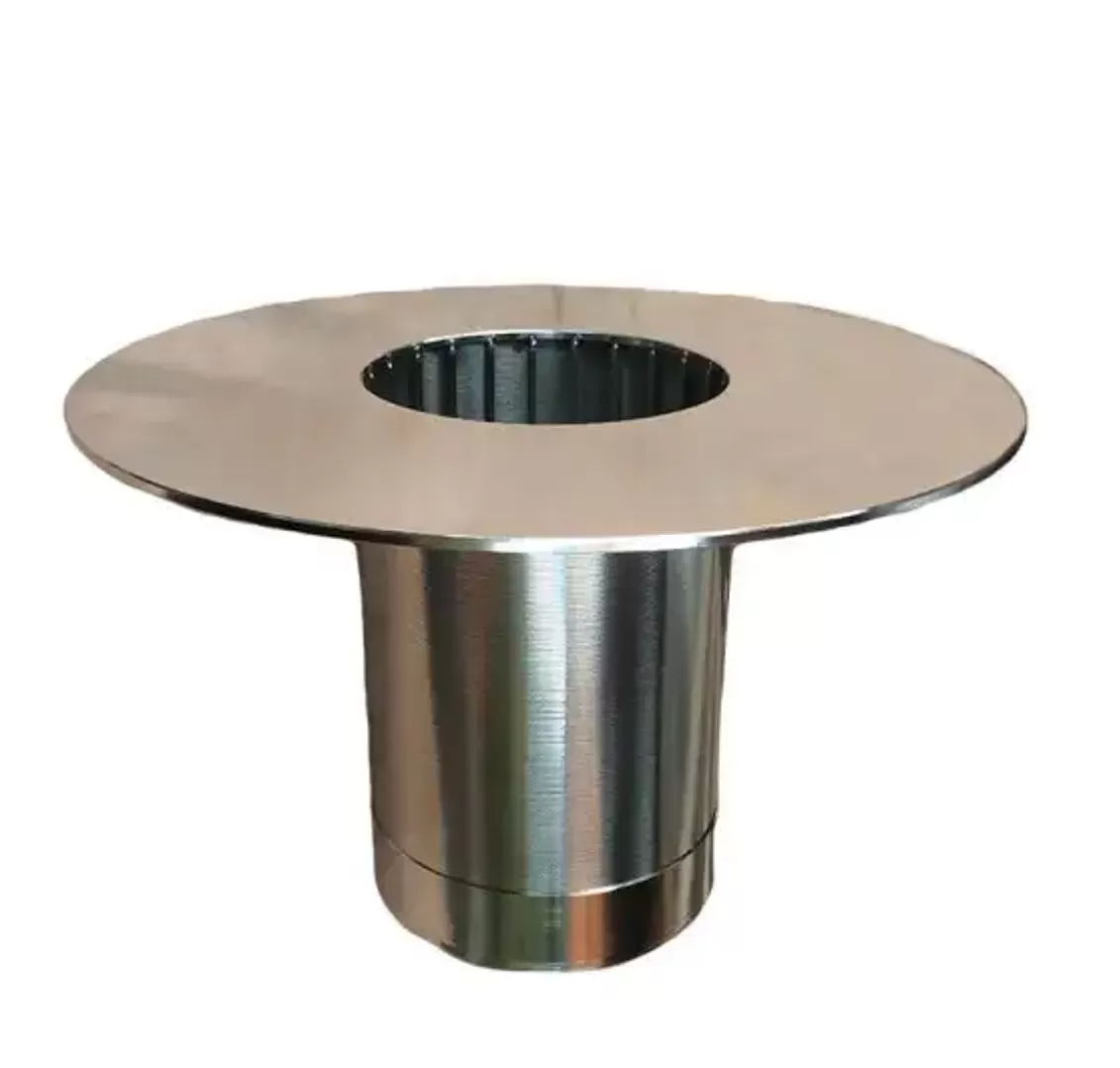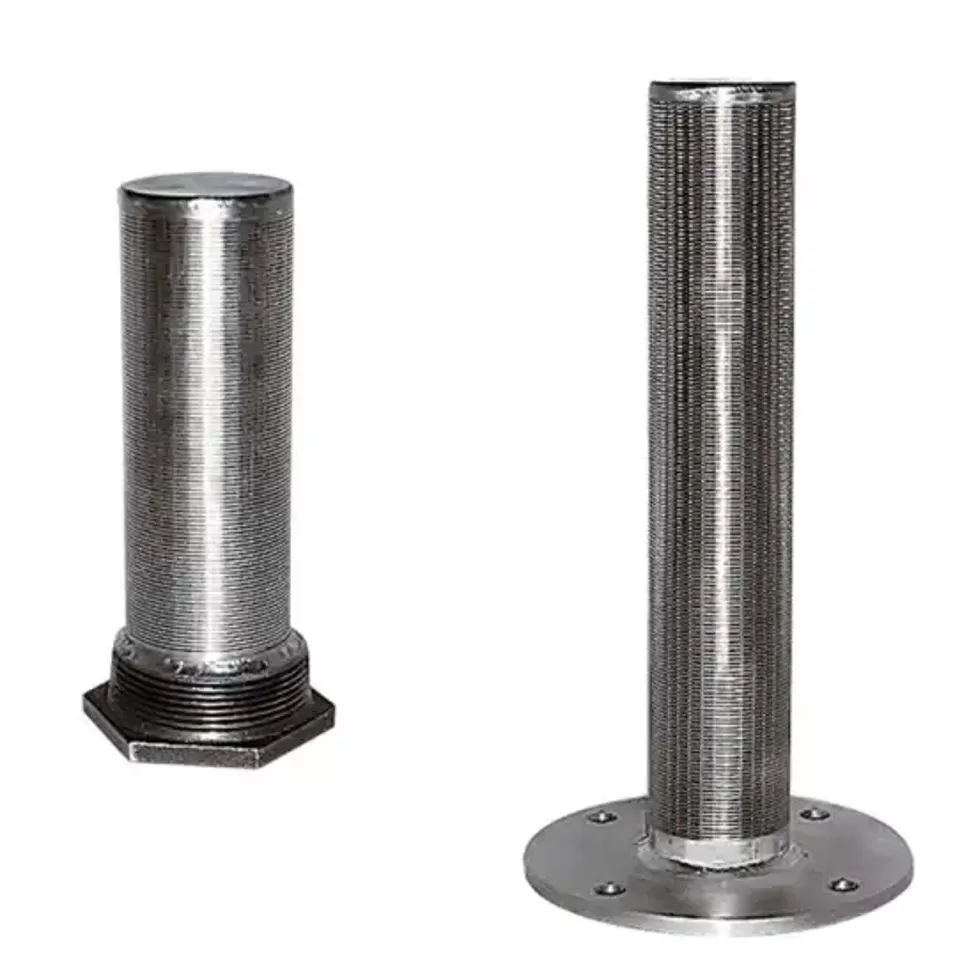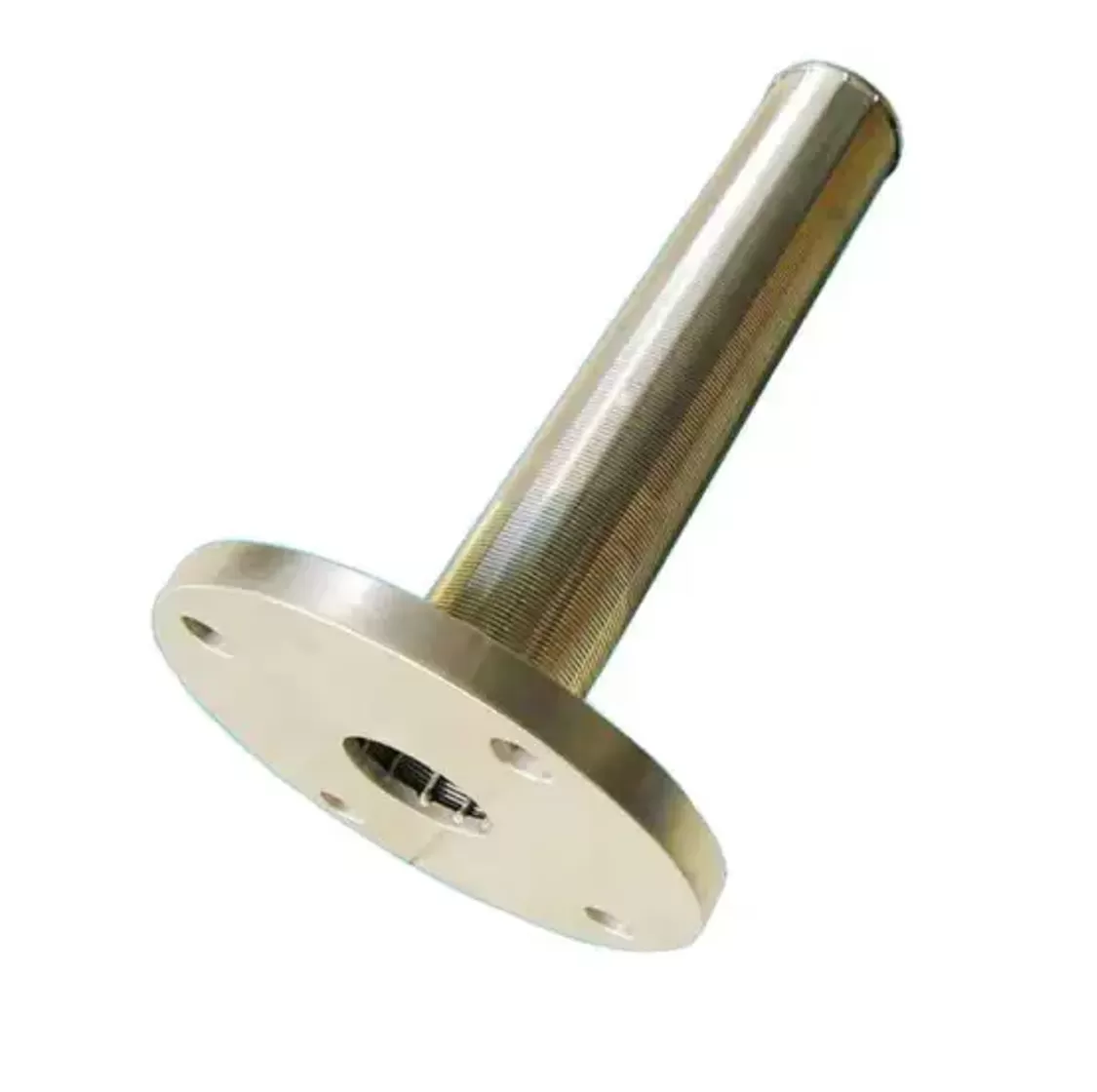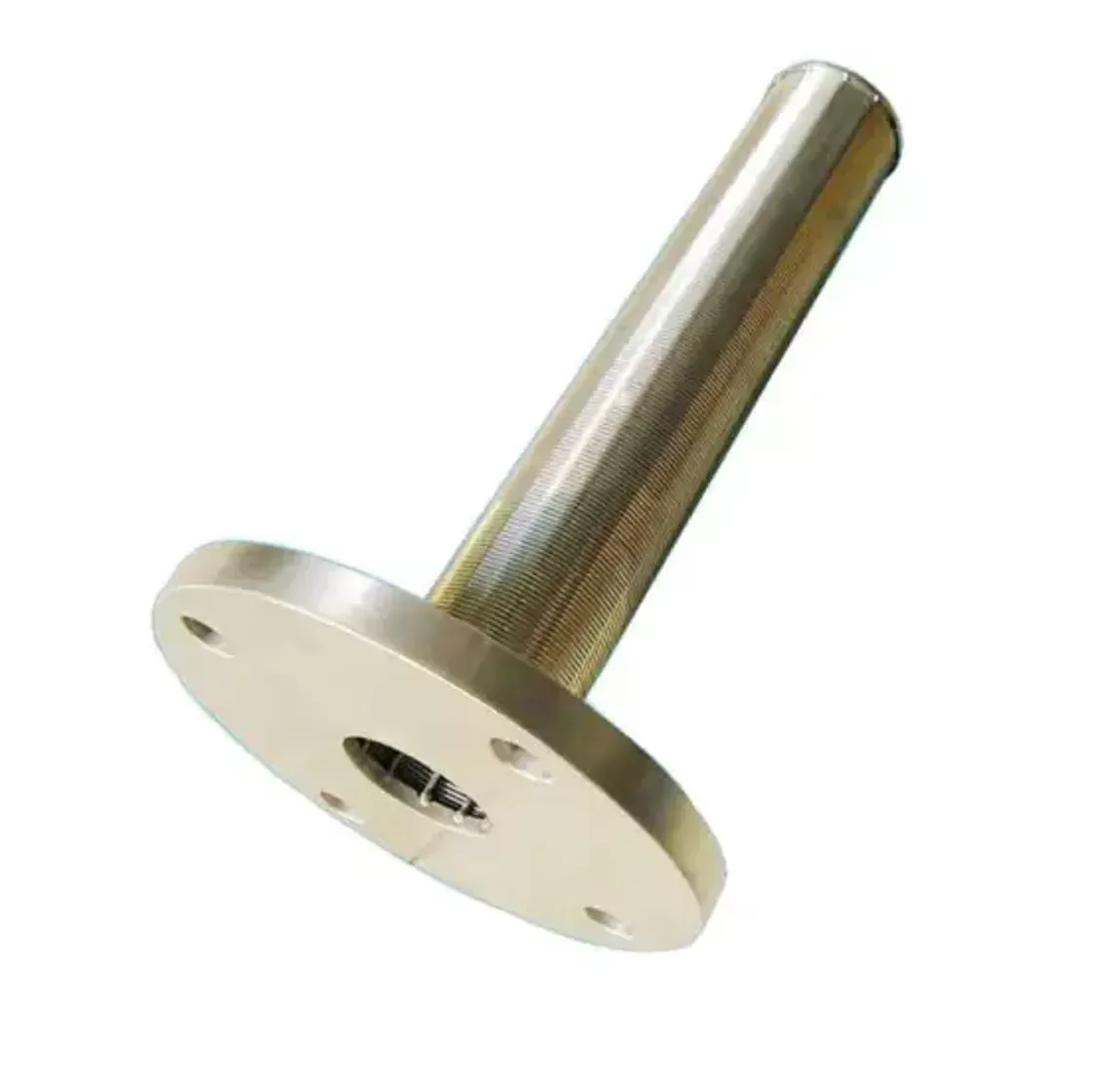Wedge Wire Screen Resin Traps
- ...
Category: Wedge Wire Screen
Tags: #wedge, #wire, #screen, #resin, #traps
The Resin Trap Filter Screen (also known as a media trap) is a specially designed filtration device that acts as a barrier between the filtration medium and downstream equipment. It is primarily used in resin-based filtration systems to capture and retain solid particles, debris, and resin beads.
Resin Trap Filter Screen: Protects Your Equipment and Ensures Efficient Filtration
Filtration is an essential process in various industries, from water treatment to chemical processing and petroleum refineries. One key component that plays an important role in maintaining the efficiency of filtration systems is the Resin Trap Filter Screen. In this article, we will explore what a Resin Trap Filter Screen is, its working principle, and its applications.
Understanding the Resin Trap Filter Screen
The Resin Trap Filter Screen (also known as a media trap) is a specially designed filtration device that acts as a barrier between the filtration medium and downstream equipment. It is primarily used in resin-based filtration systems to capture and retain solid particles, debris, and resin beads. The main purpose of this screen is to prevent unwanted materials from entering critical downstream equipment, ensuring smooth and reliable operation.
Resin trap filter materials can be Stainless Steel 304, 304L, 304HC, 316, 316L, 321, 430, or customized according to your requirements.
The Role and Working Principle of Wedge Wire Resin Traps
The Resin Trap Filter is mounted at the outlet of a filtration vessel or resin trap, making it the last line of defense before the fluid reaches downstream equipment or the process. Depending on filtration requirements, it typically consists of a perforated or wedge wire screen with precise micron-sized slots. The screen effectively captures and retains solid particles while allowing clean liquid to pass through unobstructed.
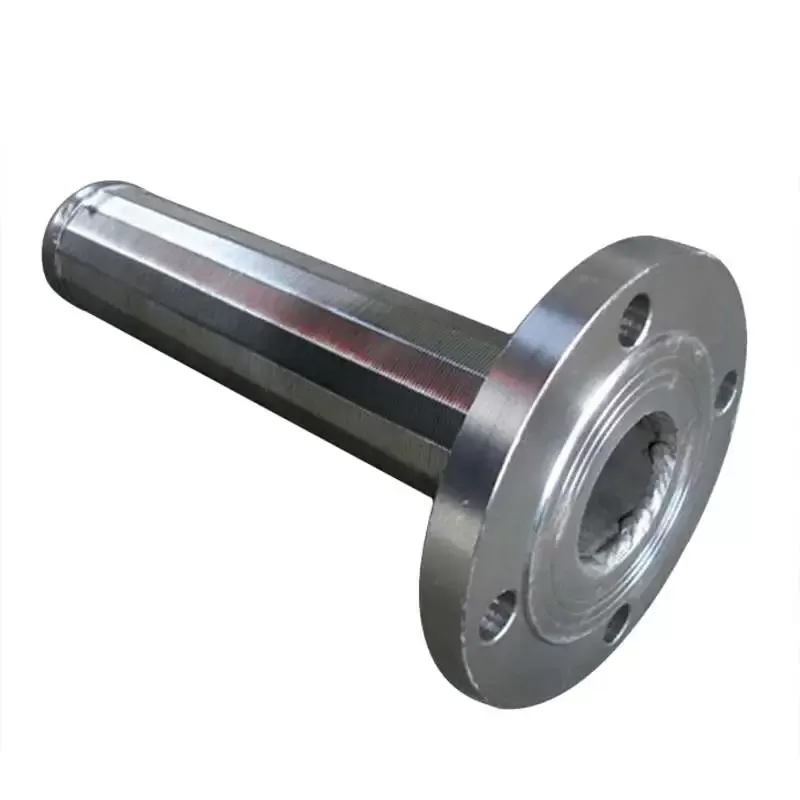
Reasons to Use a Resin Trap Filter
When used in resin-based water treatment, resin can enter the system if the quality of the resin is poor (insufficient strength), if there is high water pressure fluctuation (especially high-pressure disturbance), or if the resin cylinder wall is damaged. This can affect the entire water system and other equipment. Normal operation of the system is impacted, which is why the installation of a resin trap is necessary.
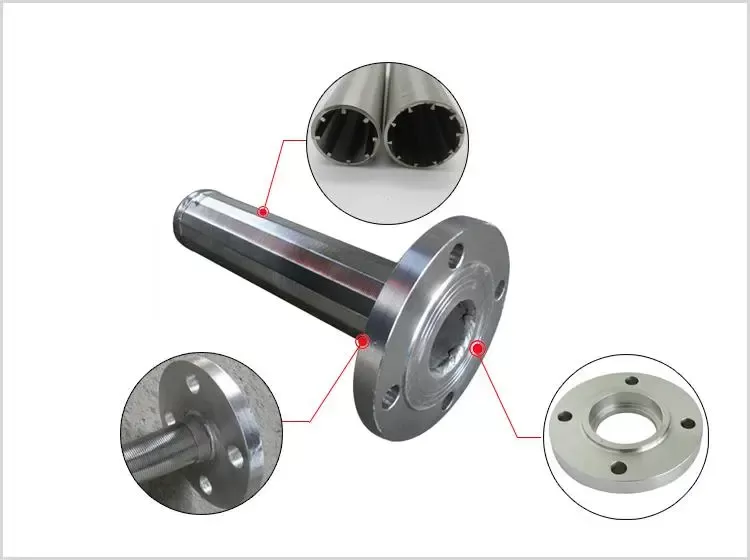
Applications of Wedge Wire Resin Traps
Resin Trap Filter Screens are used in a wide range of industries, including but not limited to:
1. Water Treatment: Stainless steel resin traps are used in water treatment plants to protect sensitive equipment such as reverse osmosis membranes and ion exchange resins from contamination and damage caused by suspended solids and resin beads.
2. Chemical Processing: In chemical processing plants, these resin trap screens are used to protect pumps, nozzles, and heat exchangers from potential blockages that could lead to downtime and reduced efficiency.
3. Oil and Gas: In the oil and gas industry, Resin Trap Filters are necessary to protect compressors, pipelines, and injection systems from debris and contaminants that could cause serious damage and operational issues.
4. Pharmaceuticals: Pharmaceutical manufacturing processes often require tight filtration to maintain product purity. Johnson screen resin traps are used to ensure that no particles or contaminants compromise the quality of pharmaceutical products.
5. Food and Beverage: In food processing facilities, these screens play a critical role in removing unwanted particles and foreign materials, maintaining the quality and safety of food products.
When selecting a Resin Trap Filter Screen for your specific needs, consider factors such as flow rate, pressure rating, screen material, and micron size to ensure optimal performance. Correct installation, regular maintenance, and adherence to manufacturer guidelines are crucial to maximize the benefits of this essential filtration device.
